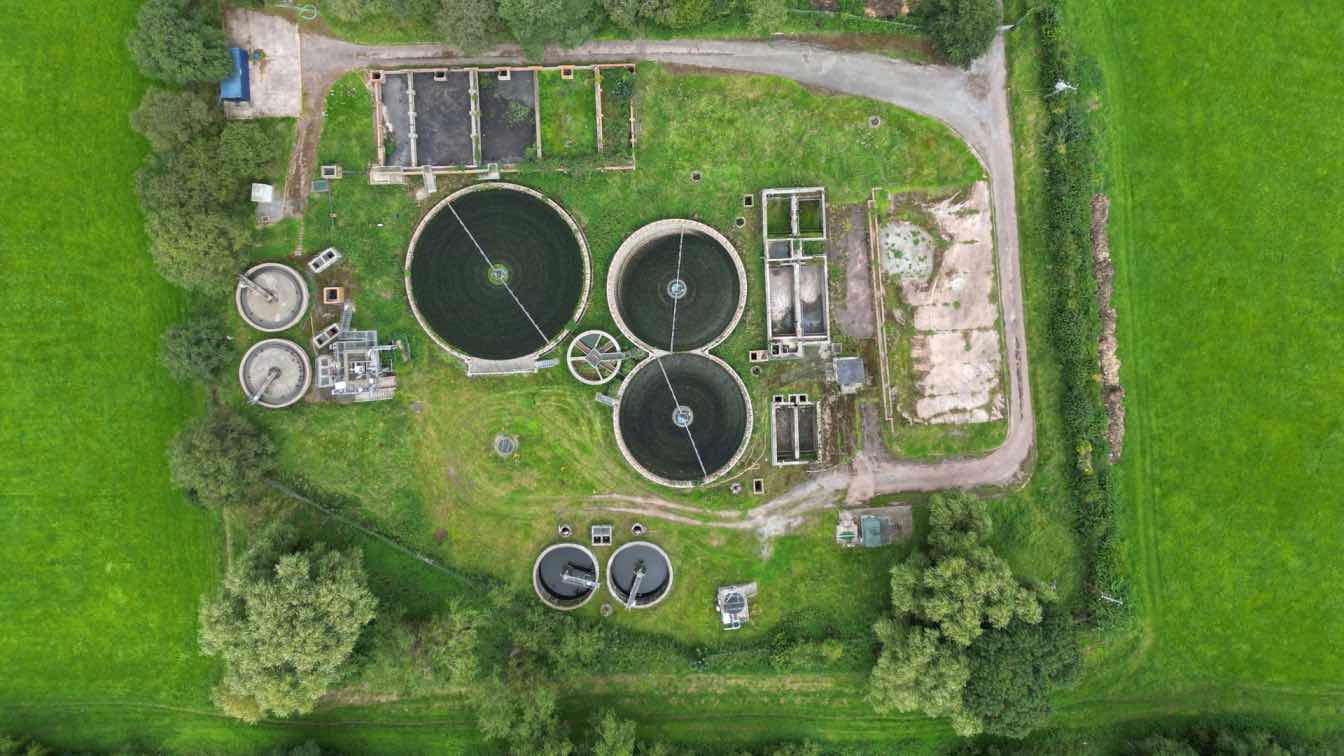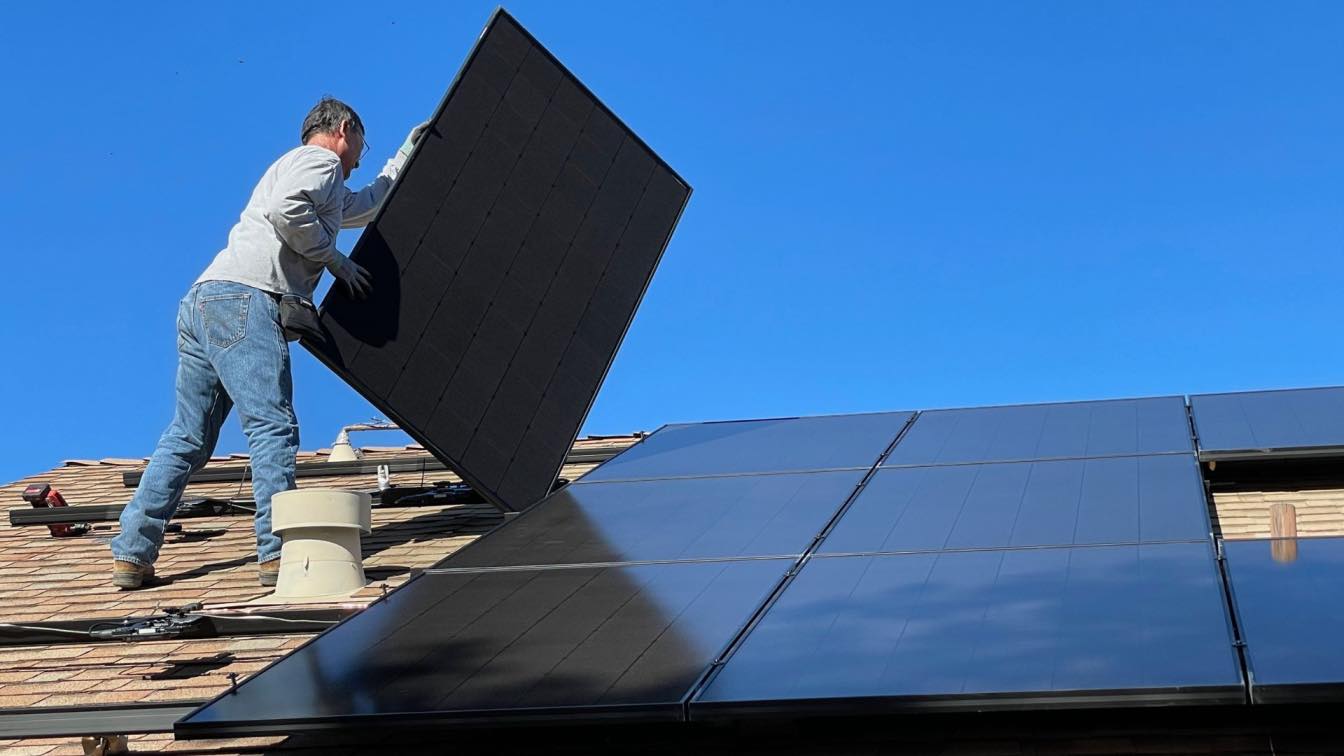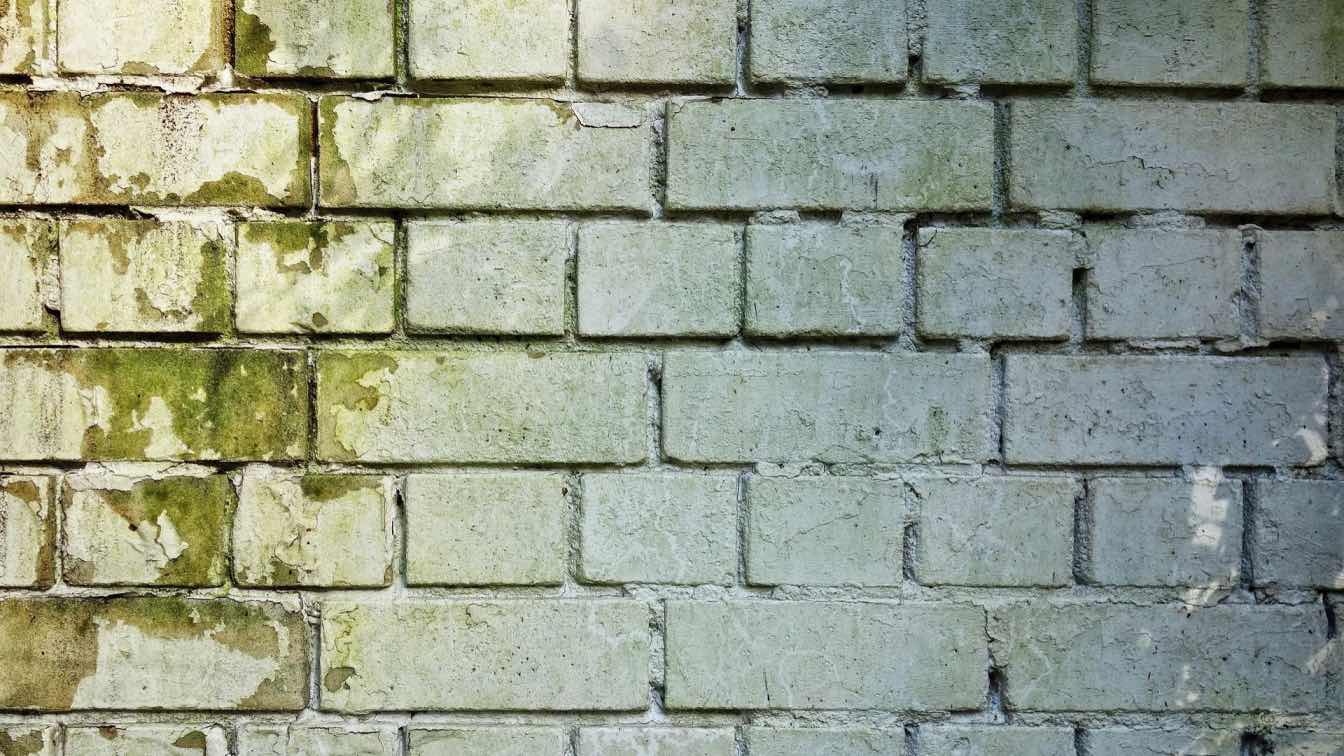Sustainable sewage system design ensures waste management works with the environment, not against it.
Infrastructure must balance efficiency, durability, and eco-friendliness to keep communities healthier and ecosystems thriving. But designing such systems must factor in future growth, maintenance plans, and how users share responsibilities.
This guide provides actionable insights and talking points for architects or planners seeking resilient solutions for residential or commercial projects.
Key Components of Sustainable Sewage System Infrastructure
Effective sewage systems depend on the thoughtful integration of key elements that prioritize sustainability and efficiency. Each component works together to support waste treatment while minimizing environmental impact.
There are various essentials out there. For example:
1. Green infrastructure features such as permeable surfaces or constructed wetlands manage stormwater and reduce overloading.
2. Dual-piping systems separate greywater from blackwater, making water reuse simpler for non-potable purposes like irrigation.
3. Advanced filtration units remove harmful contaminants before treated water re enters ecosystems or aquifers.
4. Biogas digesters convert organic waste into renewable energy, reducing dependency on fossil fuels and managing methane emissions effectively.
5. Modular designs adapt easily for future population growth without costly overhauls.
Considering these components ensures systems align with eco-friendly goals while remaining practical for urban or rural applications alike. Sustainability becomes part of the foundation rather than an afterthought when each element contributes its unique benefits strategically in design planning efforts.
Planning for Long-Term Maintenance and Shared Responsibilities
Sustainable sewage systems require clear planning for upkeep to ensure efficiency over time. Responsibility division between property owners, occupants, and service providers helps avoid neglected maintenance.
For instance:
1. Establishing regular schedules ensures essential tasks like inspections and professional septic tank maintenance occur without delays or arguments over who’s responsible.
2. Providing occupants with simple usage guidelines prevents damage caused by flushing inappropriate materials.
3. Clear agreements outline who oversees components such as filters or pumps, minimizing confusion during repairs.
4. Designing access points strategically simplifies servicing, reducing labor costs and preventing disruptions.
5. Incorporating digital monitoring tools alerts stakeholders about potential issues before they escalate into costly problems.
Proactive collaboration promotes system longevity while protecting surrounding ecosystems from failure-related impacts. Defining roles upfront fosters accountability among everyone involved, keeping sustainable infrastructure functioning effectively in both residential and commercial applications.
The Role of Natural Processes in Wastewater Management
Harnessing natural processes can enhance sewage systems while reducing environmental harm. Nature-based solutions work with ecosystems, offering effective and sustainable wastewater treatment.
Examples include:
1. Constructed wetlands, which mimic marsh environments, using plants to filter contaminants naturally.
2. Soil infiltration systems, which treat water underground as microbes break down harmful pollutants.
3. Lagoons, which utilize sunlight, algae, and bacteria to clean waste in large open ponds.
4. Phytoremediation, which employs trees or shrubs that absorb toxins from wastewater through their roots.
5. Biofilters, which harness microbial activity to process organic matter efficiently without chemicals.
These approaches support ecological balance by treating sewage closer to its source and safely reintegrating treated water into the environment.
Choosing nature-inspired methods not only reduces energy demands but also supports biodiversity, turning waste management into an opportunity for restoration rather than degradation.
Moreover, plumbing design need not be completely changed to accommodate these updates to the wider infrastructure.
Incorporating Renewable Energy in Sewage Systems
Integrating renewable energy into sewage infrastructure reduces reliance on fossil fuels and cuts operating costs. Sustainable energy solutions align with eco-friendly goals while improving system resilience.
Look into:
1. Solar panels, which power pumps, treatment plants, or monitoring equipment efficiently.
2. Biogas systems, which capture methane from organic waste to generate electricity or heat.
3. Wind turbines, which supplement power needs in areas with strong, consistent winds.
4. Micro-hydro turbines, which utilize water flow within the system to produce clean energy locally.
5. Thermal recovery systems, which harness excess heat from wastewater for reuse in nearby facilities.
Combining these options ensures sewage operations are less carbon-intensive and adaptable to changing energy demands.
Leveraging renewable resources means waste management not only treats wastewater but also contributes positively to overall sustainability, turning utilities into an opportunity for clean energy production.
Emerging Technologies Driving Eco-Friendly Waste Solutions
Advancements in technology are transforming how sewage systems handle waste, making processes cleaner and more efficient. Modern innovations support sustainability while addressing growing population demands.
Investigate:
1. Membrane bioreactors that combine filtration with biological treatment to achieve high-quality wastewater purification.
2. Smart sensors that monitor system performance, detecting leaks or blockages in real-time for quicker intervention.
3. Anaerobic digesters that process organic material into biogas and nutrient-rich byproducts efficiently.
4. UV disinfection that eliminates pathogens without relying on chemical treatments that harm ecosystems.
5. Decentralized treatment units that allow smaller communities or buildings to manage waste locally.
These technologies enhance traditional methods, offering adaptable solutions that cater to diverse environments and infrastructure sizes.
Final Thoughts
Sustainable sewage systems blend thoughtful design, natural processes, renewable energy, and advanced technology.
Prioritizing collaboration and innovation lets these solutions protect ecosystems while serving communities efficiently. Investing in eco-friendly infrastructure today ensures resilient waste management for the future, building a cleaner, healthier environment for generations to come.





